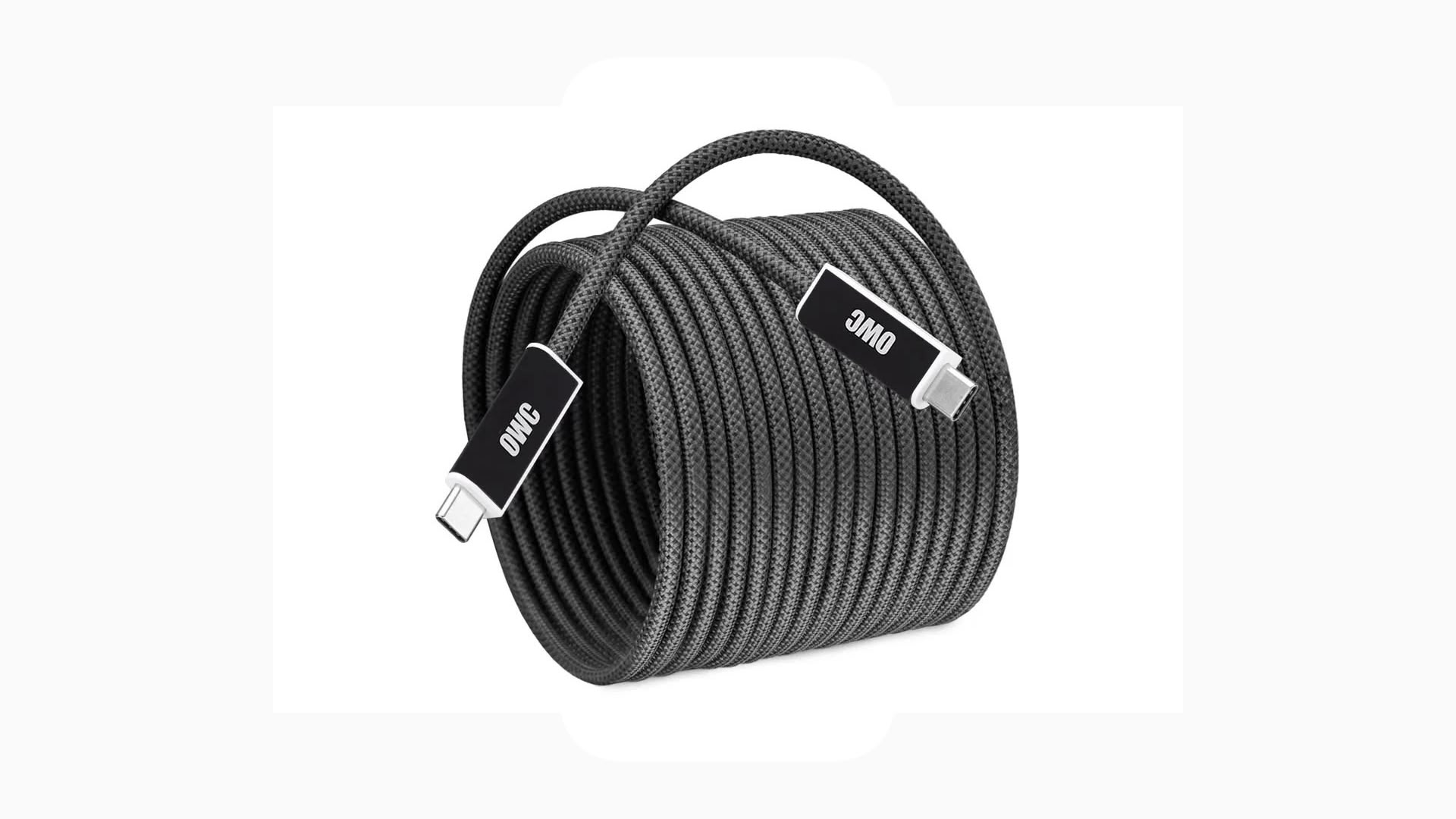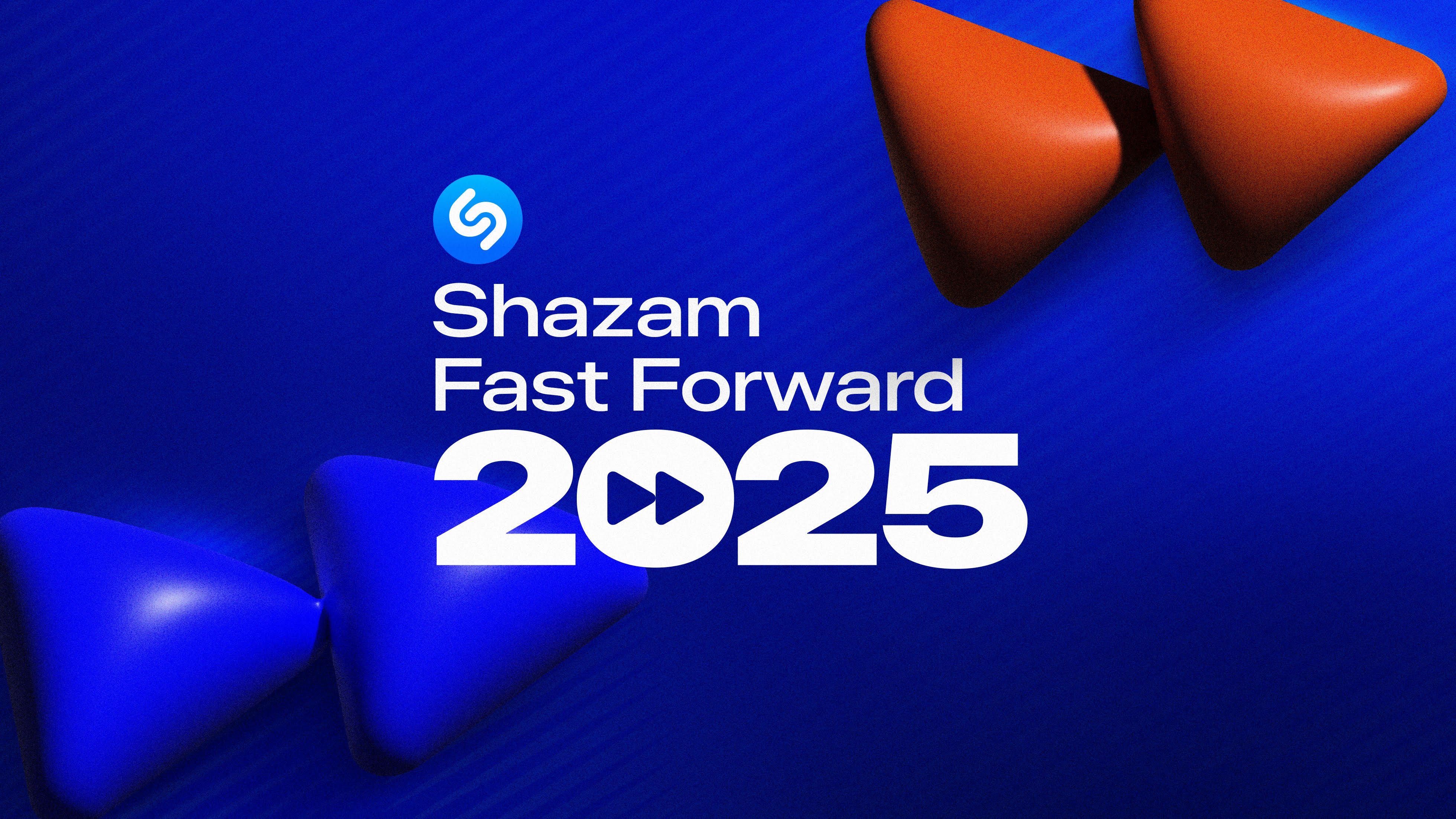Step aside Google, Amazon, Roku: TiVo is coming to smart TVs
Remember TiVo? Back in the pre-cord-cutting days, the company’s DVRs were omnipresent – so much so that the phrase “TiVo it” was used interchangeably to mean recording a TV show. Now, the company is bouncing back as a third-party smart interface alternative to Google, Amazon, and Roku on the best 4K TVs, with the first TiVo-powered sets expected to arrive sometime in mid-2023 in both Europe and the US.
That information comes from streaming business publication Next TV, which, directly quoting TiVo parent Xperi CEO Jon Kirchner, also dropped news that the company’s TiVo Stream platform will appear in sets from a “leading tier 2 provider that makes multiple TV sets under multiple brands.”
Making TiVo Stream a widely available smart TV interface option pits the company against Google, Amazon, and Roku, all of which have been regularly tapped by tier-2 TV brands to run their respective Google and Android TV, Fire TV, and Roku TV OS platforms.
It also throws TiVo into a very crowded smart TV environment: beyond current Google, Amazon, and Roku options, sets from LG, Samsung, Hisense, Vizio, Panasonic, and Philips each come with their own proprietary smart interface. None of these are particularly distinguished, however, and some can be downright irritating. For example, Samsung TV owners are required to set up an online user account to do something as simple as add an app to its Tizen smart interface, or to adjust its layout.
Compared with the proprietary interfaces offered by major TV brands, Google TV and Roku, in particular, have a clean appearance and are easy to customize and search content with, including using voice control. Google, of course, requires the same account sign-in to make actions happen, but Chrome/Gmail accounts are common, and so most people already dwell in Google’s ecosystem.
Tivo doesn’t exactly arrive as a stranger to the TV streaming world. The company’s TiVo Stream 4K, a $40 Android TV streaming box, has been kicking around for a number of years, and it still sells TiVo Edge DVRs with cable TV and antenna-only connections that also provide built-in streaming from apps such as Netflix, Amazon Prime Video, Hulu, Vudu, YouTube, and more.
But the Stream 4K has been eclipsed by other cheap streaming sticks from Roku and Amazon, while the Edge is endangered by a 2020 FCC ruling that cable providers are no longer required to supply the CableCards used by Edge DVRs to tune and record TV programs. Given the tenuous nature of its hardware business, it makes sense that the company is seeking other options like smart TV integration to rake in revenue.
Does TiVo have what it takes to be a smart TV player?
Between existing Roku and Google-based offerings, the third-party smart TV ecosystem was already crowded, and the more recent introduction of Amazon’s Fire TV to that mix makes it seem like there’s now more than enough options for set makers to turn to if they don’t want to create a proprietary platform.
Let’s now toss TiVo into that smart TV maelstrom. In its favor, the company already has a deal in the works, so TiVo-powered smart TVs are on their way in 2023 whether anyone wants them or not. Its hardware business may have taken a downturn with the advent of cord-cutting, but the TiVo brand still has strong consumer recognition, even if people are now much more likely to stream than “TiVo” shows using a DVR.
As a former TiVo user for many years before cutting the cord myself, I was a fan of the TiVo interface and the remote control used to control the company’s box. I also remember its search features as being infinitely better than what was available on the DVR supplied by my cable TV service. Given TiVo’s tradition of superior usability, there’s a good chance that the qualities which set it apart in the now-fading cable TV and DVR era will carry over into the current smart TV and streaming one.
It’s important to emphasize at this point that the new TiVo we’re talking about which will appear in smart TVs won’t have any DVR-like capability. In the words of Xperi CEO Kirchner – once again quoted in Next TV – the forthcoming TiVo sets will be for “people looking for an OEM-branded experience powered by TiVo, and not looking for a TiVo-powered TV.”
Even so, apps such as YouTube TV, fubo TV, Sling TV, Hulu with Live TV, and others offer cloud-based DVR functions that allow subscribers to record and store live TV channels online for later streaming, in some cases at no additional cost. Such a TiVo-like feature could conceivably be incorporated into a “branded experience powered by TiVo” even if there are no current plans to make that happen.
If it did, we’d get our old TiVo back to TiVo stuff, but this time without the clunky external set-top box.




